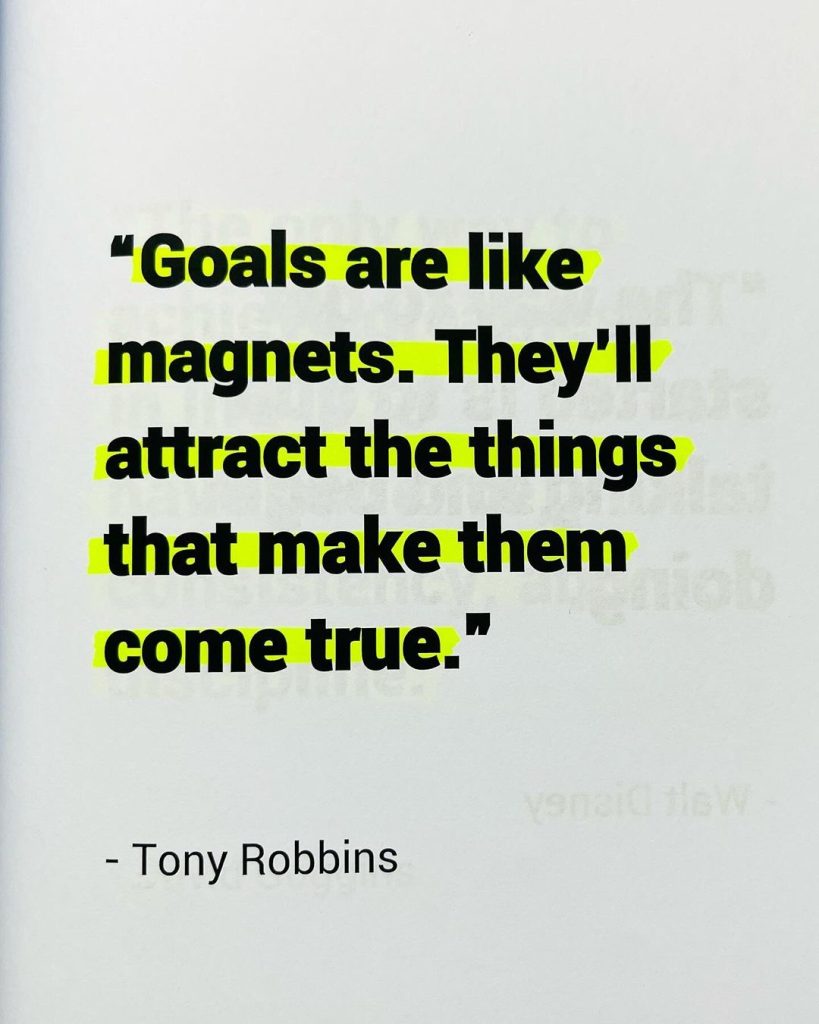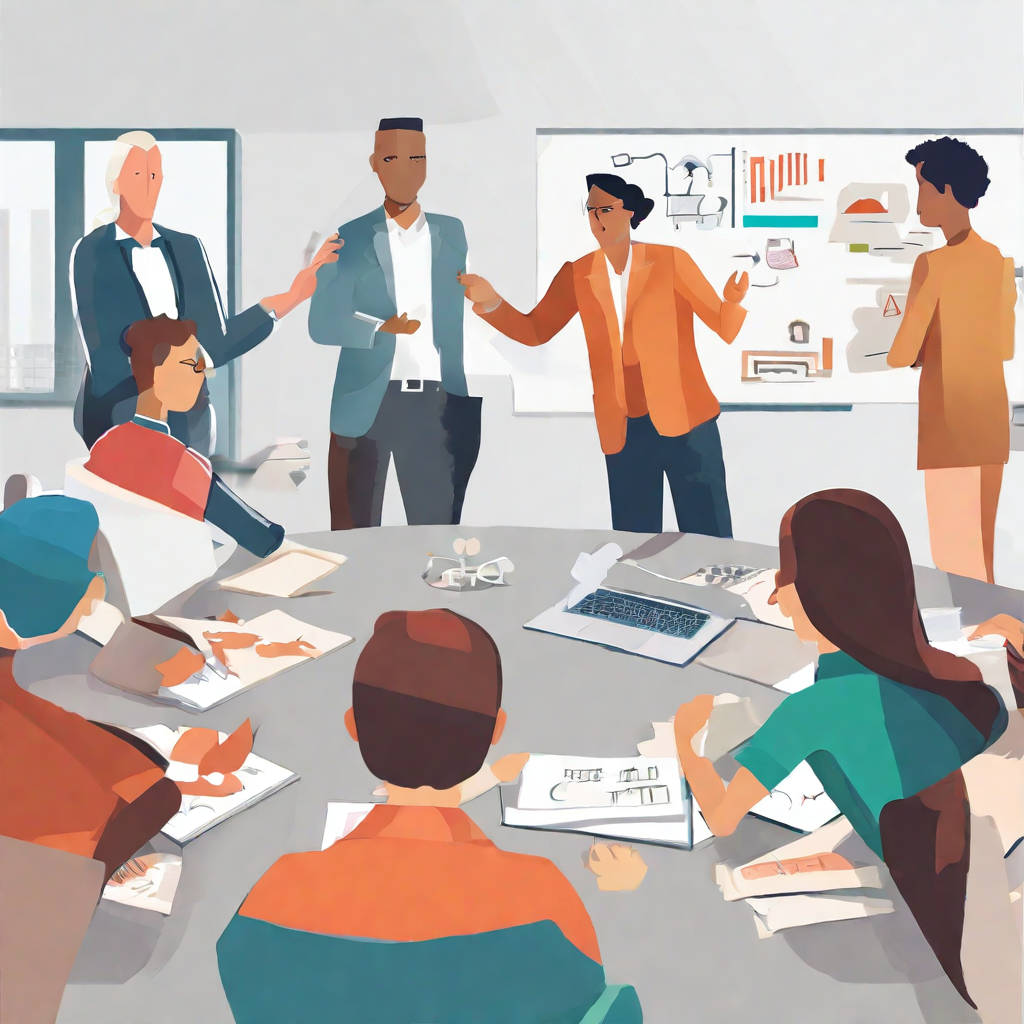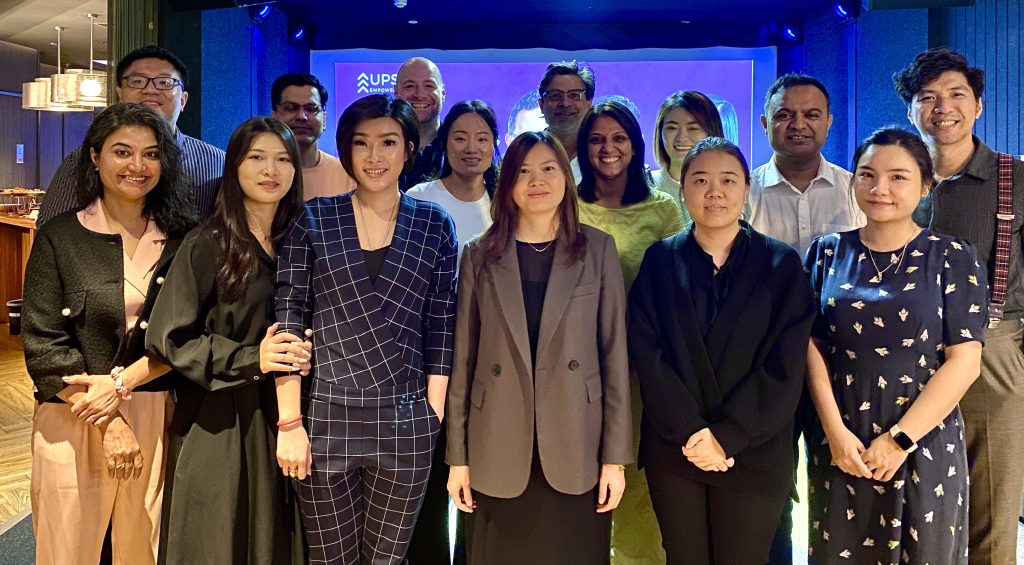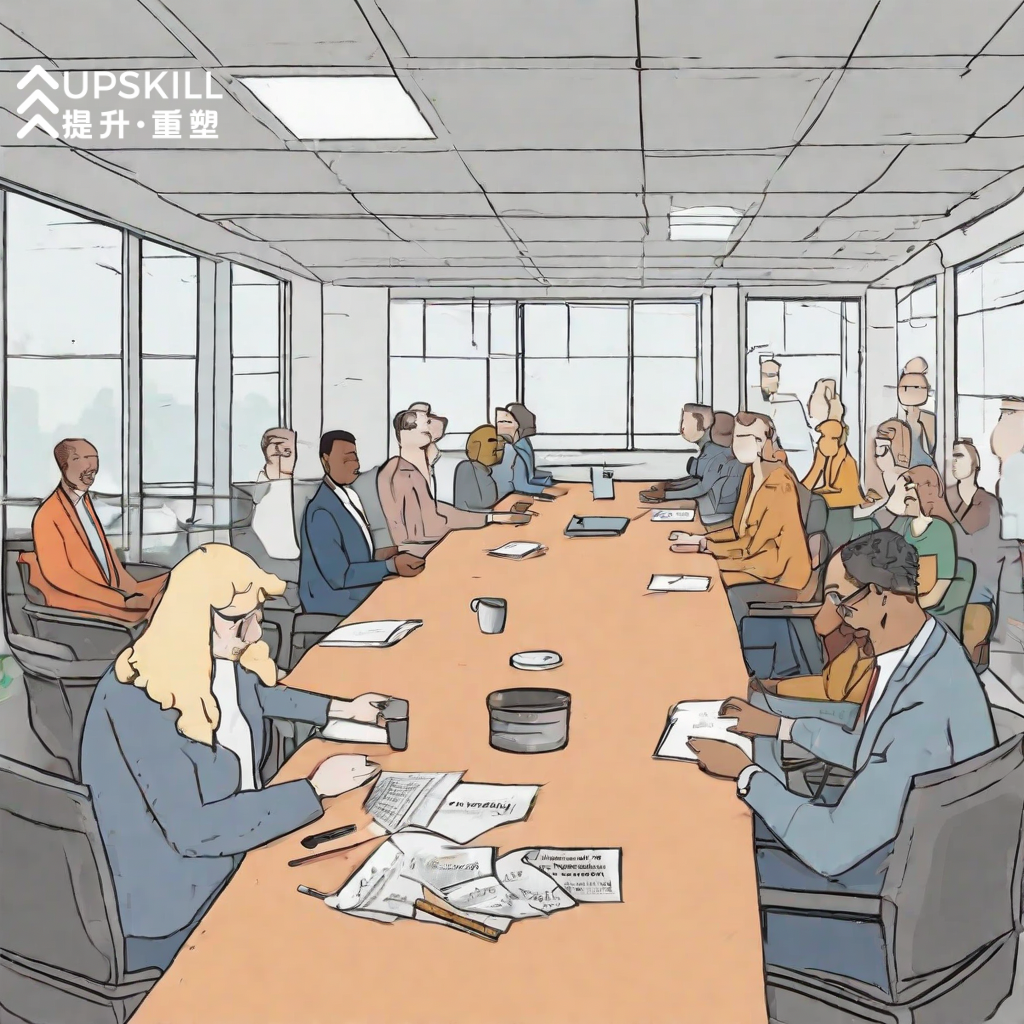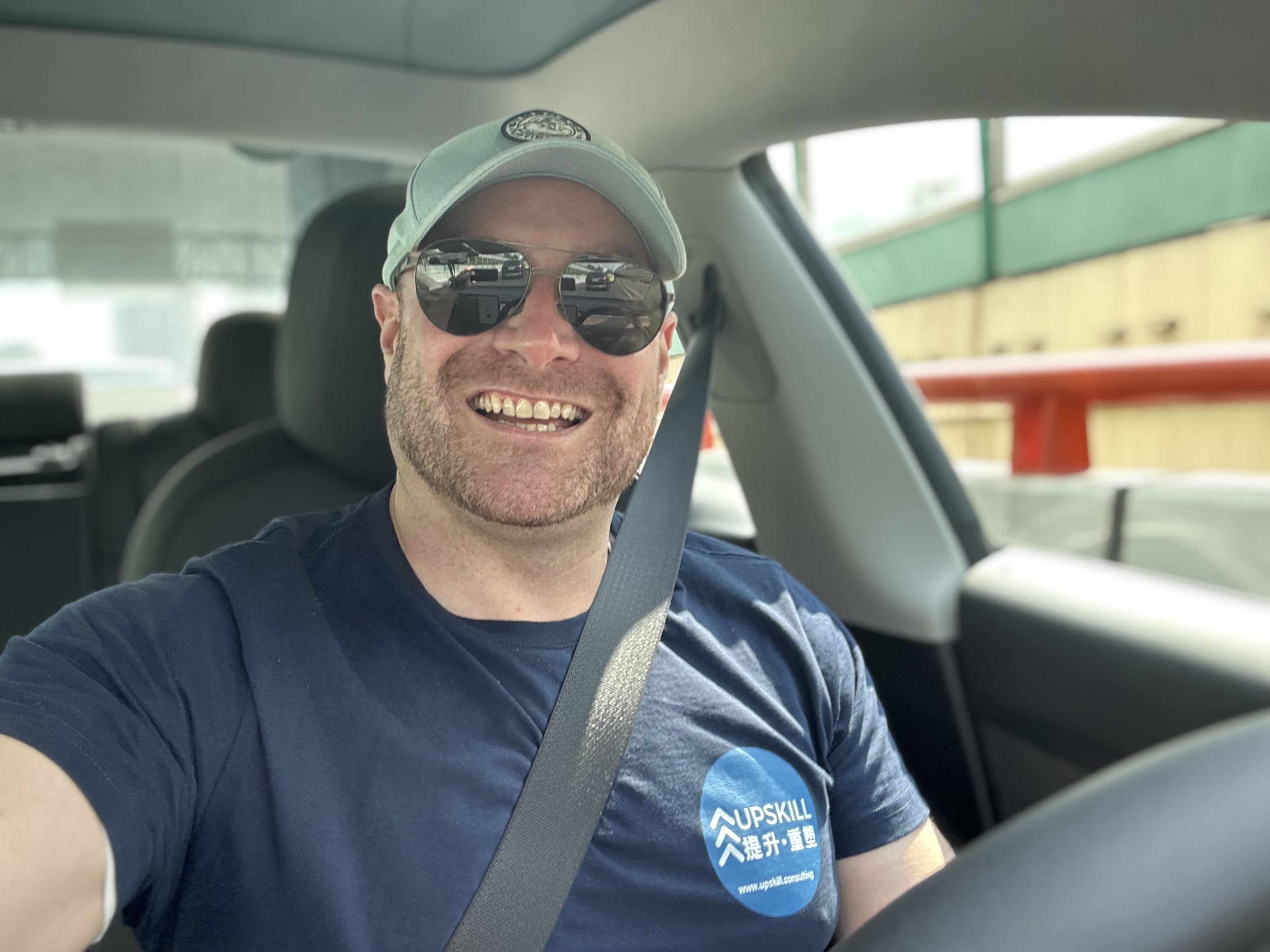In today’s fast-paced business environment, an organization’s most important asset is its people. While strategy and technology undoubtedly play key roles, it is ultimately the skills, engagement and innovation of a company’s workforce that determine competitiveness and long-term prosperity. With this reality in mind, leadership must focus on continuously developing talent through supportive initiatives that empower all employees to maximize potential. A highly effective approach proven to do just this is establishing an authentic coaching culture rooted in mentorship, feedback and growth. So what exactly constitutes a coaching culture and how can organizations architect one to produce enduring benefits? This comprehensive guide will explore these questions in depth, covering everything from conceptual foundations to implementation best practices and long-term sustainment. By committing to this strategically, companies leverage coaching’s multiplier effects to thrive. What is a Coaching Culture? At the core, a coaching culture refers to an environment where helping others improve and achieve more through guidance, questioning and partnership is prioritized across all levels. Unlike traditional top-down directives, the coaching approach emphasizes mentorship over management through empathetic discussions focused on individual strengths, challenges, motivations and pathways forward. Within this model, managers assume the role of coaches facilitating customized development rather than dictating tasks. They bring out the best in people through active listening, customized goal-setting and ongoing feedback—all provided in a non-judgmental, solutions-oriented manner. Professionals in turn feel responsible and empowered, continually raising performance through coaching relationships. More expansively, a coaching culture transforms the organizational norms, behaviours and structures that either reinforce or inhibit this mentality on an ongoing basis. When authentically embraced, it becomes “how we do things around here” rather than a supplementary program alone. Leadership, resources, processes and outcomes all synchronize to maximize Coaching’s multiplier effects. Research-Backed Benefits Extensive studies leave no doubt regarding coaching’s tangible advantages, both for people and business metrics. Individual impacts centre around elevated engagement, empowerment, job satisfaction and retention as professionals are developed through caring relationships versus detached directives. This feeds several positive organizational outcomes. For instance, knowledge retention improves as talented individuals are less likely to seek opportunities elsewhere. Improved engagement naturally boosts productivity, quality and customer service levels as well. Additionally, coaching fosters innovation as professionals feel safe proposing new ideas without judgement on the spot. Creative challenges are navigated through with broader buy-in too since coaching nurtures understanding versus top-down mandates. Ultimately, these interconnected impacts yields bottom-line gains including reduced costs associated with high turnover while market share, reputation and profits strengthen. Critically, when implemented comprehensively as an authentically embedded cultural priority versus an isolated program, Coaching’s benefits multiply exponentially due to network effects and self-reinforcing virtuous cycles established long-term. Launching the Coaching Initiative To capture these advantages demands careful strategic design and unwavering follow through. The journey begins with enlisting Top leadership as champions to set the tone for others. Getting executive buy-in requires communicating coaching’s power to directly impact priorities such as talent attraction/retention, innovation and customer centricity quantitatively. Next, establish clear goals, participant criteria, budget/resources, training curriculum, success tracking procedures and support functions from the outset. These elements are revisited regularly thereafter. Following best practices also means addressing reservations upfront leveraging team discussions and trial programs to overcome resistance to change. Core priorities like designating internal coaches, communications platforms and external partnerships cultivate sustainable progress. Early investments create ownership by managers who can thereafter empower others through mentorship. Maintaining coaching’s profile through story sharing cements it as ‘the way we operate.’ Embedding the Habit Organization-Wide While launch lays the framework, deep-rooted cultural normalization requires immersing coaching across workflows, metrics and processes long-term. Regular skills refreshers challenge coaches’ assumptions through roleplays, peer feedback and guest facilitators. Similarly, coachees gain new perspectives in communities spotlighting diverse challenges. Progress tracking shifts from proxies like satisfaction to robust, multi-rater assessments and case studies highlighting nuanced behavioral changes, strategic impacts and qualitative insights. Outcomes inform continuous refinement to maximize relevance and engagement. Reward/recognition systems highlight top performers and tie achievements to core competencies as well. Internal experts assume long-term sustainment responsibilities through facilitating practitioner groups, matching services, documentation standards and technology recommendations. Communities of practice troubleshoot dilemmas and disseminate advancements continuously. Success stories distributed via storytelling and recognition activities fuel enthusiasm and competition sparking wider emulation. Periodically surveying participating managers and employees gauges perceptions of coaching’s value, authority and diffusion reinforcing cultural relevancy long-term. By continually revisiting strategic fit and relevance while adapting to learnings, coaching becomes ingrained. Coaching in Action Bringing coaching’s potential to life requires authentic, customized application fostering connection and forward progress each step of the way. Some examples of how coaching relationships might play out: Embedding coaching necessitates seeing past frameworks to cultivate genuine human connections driving holistic growth. When authentically lived, it transforms perceptions of what’s possible both individually and collectively. Sustaining Coaching’s Multiplier Effects Executing any organizational-level cultural initiative demands maintaining momentum long-term. With coaching, this requires lead champions facilitating and adapting the approach continuously based on changing realities. Only then can positive multiplier effects compound over the decades to come. Strategies like formalizing coach certification, recognition programs and matching services institutionalize progress. Communities of practice promote self-sustaining engagement as well. Equally important, leadership commitments to ongoing investments like skills development, impact tracking and communication of quantitative/qualitative benefits renew prioritization over political and economic cycles. Most importantly, coaching’s success rests on leaders modeling humility, curiosity and partnership themselves. By welcoming feedback non-defensively and working respectfully with direct reports as partners in progress, authentic buy-in cascades. Mutual understanding and retention strengthen in kind. Investing comprehensively in a coaching culture yields unparalleled competitive advantages by optimizing an organization’s greatest asset—its people. Yet the journey demands ongoing nurturing through strategic alignment, resources, relationship-building and reinforcement of small wins over time. Done right, coaching uplifts individuals’ strengths while cultivating empathy, adaptability and shared purpose collectively. Businesses committing to people’s long-term success through mentorship establish an enduring foundation for prosperity. Ultimately, coaching’s effects multiply organizational potential infinitely by bringing out the best in everyone involved. Notice: JavaScript is required


